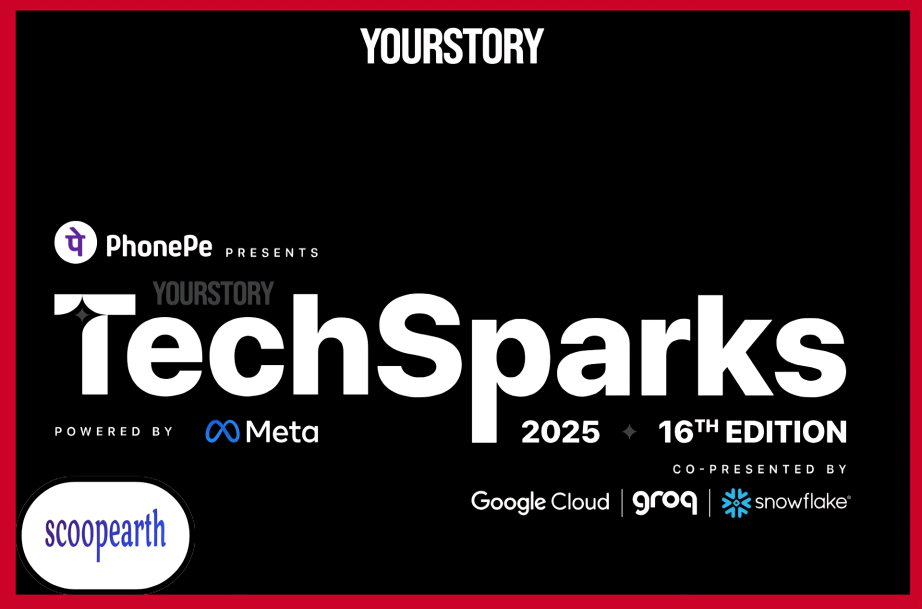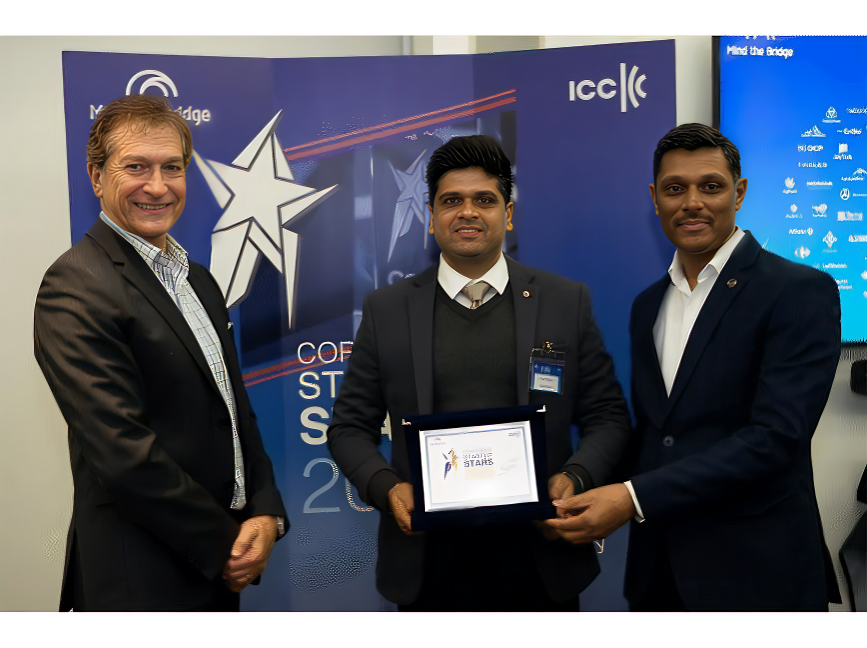How to Turn a Small Idea into a Scalable Startup

SUMMARY
By Dheelep Sai Gupthaa | October 2025
Technical Writer at NearLearn
You know that moment when a tiny idea pops into your head – something that might actually solve a real problem? That is where every startup begins. But here is the thing: having the idea is honestly the easy part. Turning it into something that can actually scale? That is where the hard work, mistakes, and late nights come in. I have been through this myself with my small edtech startup. We started with almost nothing, but now, looking back, it is running successfully – and the lessons I learned along the way are worth sharing.
I have been through this myself with Nearlearn, a small edtech startup we started from scratch. We had almost nothing at first, but now it is running successfully…
Validate Your Idea Before You Build Anything
The biggest trap founders fall into is building first and asking questions later. At first, I thought our idea would just work – that teachers and students would automatically love it. Spoiler: they did not.
Before you touch a line of code or design a single page, figure out if people actually want what you are thinking about. Talk to real users. Ask them about their problems, frustrations, and if they will actually pay for a solution. You do not need a huge survey or fancy tools – even a simple Google Form or landing page works.
When we started, I talked to dozens of educators and students before building a thing. Their feedback shaped the core of our product and saved us from spending months developing features nobody cared about. Here is the key: you do not need perfection yet. You just need little proof that someone would pay for this idea. Pre-orders, email signups, even verbal commitments count. If you can get that, your idea has legs.
Build a Minimum Viable Product (MVP)
Once we knew there was real interest, I had to resist the urge to build a perfect product. That is where many founders stumble. You do not need every bell and whistle on day one.
Focus on the core problem. Build just enough to show value. Forget the fancy features. Launch it fast. Watch how people actually use it. That feedback is more valuable than months of development.
We used no-code tools initially and got our first version out in weeks. It was far from polished, but it worked for testing. The lessons we learned from users during that time shaped the product we use today.
Focus on Product-Market Fit
This is the stage where things start clicking. Product-market fit is when people use your product without being told, they stick around, and they even tell their friends about it.
Watch your numbers – customer acquisition cost, churn, lifetime value, referrals. If people love your product and keep coming back, you are doing something right. If they drop off, you need to understand why.
Be ready to pivot. Many successful startups today look nothing like their original idea. Instagram started as a check-in app. Twitter was a podcasting platform. Flexibility and willingness to adjust are what separate successful founders from those who burn out.
Create Systems That Can Scale
Here is a common mistake: founders think scaling is just getting more users. It is not. It is getting way more users without breaking your team or your systems.
Automate the repetitive stuff early. Document workflows, write down standard procedures, and set up systems that let new people plug in quickly. That preparation makes scaling a lot less painful.
Also, build tech that can handle growth. Choose stacks that scale. Structure your business so margins improve, not shrink, as you grow.
Build a Scalable Business Model
Your revenue model is the backbone of scalability. Some models just work better. Subscriptions, SaaS, and marketplaces usually win because they create recurring revenue and reduce the cost of bringing in new customers over time.
Know your numbers. How much does it cost to get a customer? How much will that customer generate in revenue over their lifetime? If that math does not work at a small scale, it will break at a large one.
Diversify if possible. Multiple revenue streams – premium plans, enterprise deals, complementary products – give stability and open up new growth paths.
Assemble the Right Team
You cannot do this alone. Seriously. I have seen founders burn out because they thought they could carry everything. You need people who complement your skills, share your vision, and can handle the chaos that comes with early-stage startups.
Hire slow. Fire fast. Every early team member shapes culture. Look for people who get it – and who will call you out when you are wrong. Technical skills matter, but in early-stage companies, culture fit matters just as much.
When we were small, our team was tiny, but every hire mattered. Now, having a strong culture has helped us onboard new members quickly and scale without losing our core identity.
Secure Strategic Funding
Bootstrapping is great for discipline, but at some point, growth needs fuel. That fuel is money. The tricky part is knowing when and how to raise.
Angel investors or early-stage VCs bring more than cash. They bring connections, credibility, and experience. But raise too early, and you give away too much. Raise too late, and you miss opportunities. The sweet spot? Right after proving product-market fit – when you have proof that people want your product and now just need extra resources to grow.
Keep Customers at the Center
Here is the truth: growth is nothing without retention. Getting users is expensive. Keeping them is profitable.
Set up ways to hear from customers continuously. Improve your product based on their input. Make sure they actually achieve what they set out to do with your solution. Happy customers do your marketing for you.
We learned this the hard way. Early on, we focused too much on acquiring new users and not enough on keeping the ones we had. Once we prioritized retention, everything else started working better – word of mouth picked up, and engagement went through the roof.
Stay Agile While Scaling
Scaling can kill the thing that made you great – your agility. Processes, layers, and structure can slow you down.
So, scale carefully. Make sure fundamentals are solid before speeding up. Many startups fail not because no one wants their product, but because they grow faster than their systems can handle.
And keep listening to customers. That insight got you here. Losing it means losing your Prime.
Turning Ideas Into Reality
At the end of the day, turning a small idea into a scalable company is about execution, not genius. You solve real problems, and focus on delivering value. It is not linear, and it is not pretty. But it works.
Our journey at Nearlearn proves that startups that execute relentlessly, adapt quickly, and stay obsessed with creating real value can grow from nothing to something significant.
Our small edtech startup is proof. We started with almost nothing, learned by failing fast, pivoted when we had to, and now it runs successfully. The companies that succeed are not the ones with the flashiest ideas. They are the ones who execute relentlessly, adapt quickly, and stay obsessed with creating real value.
About the Author
Dheelep Sai Gupthaa is a CEH-certified Cybersecurity Professional and Technical Writer at NearLearn, where he specializes in making AI, machine learning, and data science concepts accessible to professionals. With hands-on experience in security engineering and emerging technologies, he helps learners navigate the evolving tech landscape. Explore NearLearn’s data science and AI training programs at nearlearn.com.
Note: We at scoopearth take our ethics very seriously. More information about it can be found here.
















